A number of different pavement maintenance treatments are utilized depending on several factors including the specific pavement deficiencies observed, roadway functional classification, traffic volume, presence of adjacent and subterranean drainage and utility infrastructure, and the condition and use of surrounding roadways.
These treatments are divided into two major program areas:
- Routine and Preventative Maintenance which includes localized permanent patching, crack sealing, slurry sealing/microsurfacing, cape sealing, and hot-in-place recycling with microsurfacing.
- Rehabilitation and Reconstruction which includes hot mix asphalt resurfacing, mill and overlay, full depth pavement reconstruction, and full roadway reconstruction with replacement of curb and gutter and/or sidewalk.
The Bureau of Highways Road Operations Districts perform emergency and temporary pavement repairs as well as some routine pavement maintenance. The majority of pavement maintenance work is performed by contractor forces managed through the Infrastructure Management Division. Some common Pavement Maintenance treatments used by the Bureau of Highways are described below.

Asphalt sealer is applied to roadway cracks to prevent water penetration.
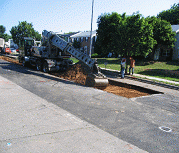
Failing areas of the roadway are removed and replaced.
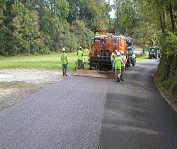
A coating of liquid asphalt and binder used to provide skid resistance and extend the life of the road by sealing it from water penetration and oxidation.
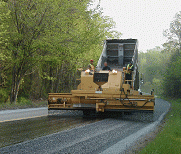
A combination of liquid asphalt and small stones used to fill cracks, provide skid resistance, and seal the road surface.
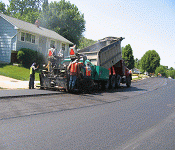
Failing areas are patched and the roadway is resurfaced with new hot mix asphalt, or the existing hot mix is milled (removed) and replaced with new hot mix asphalt. This program category may also include limited repair of concrete curb, sidewalk, and drainage structures
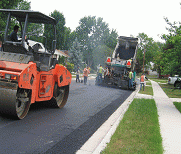
The existing roadway, curb, and sidewalk are completely removed and reconstructed. This is the most costly alternative and is considered when the road is beyond normal maintenance measures. This sometimes requires engineering design work to address right-of-way issues, underlying sub-grade problems, drainage issues, realignment, etc
